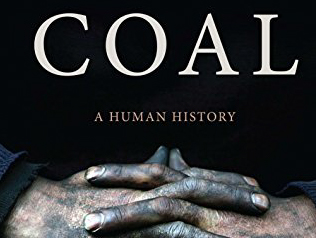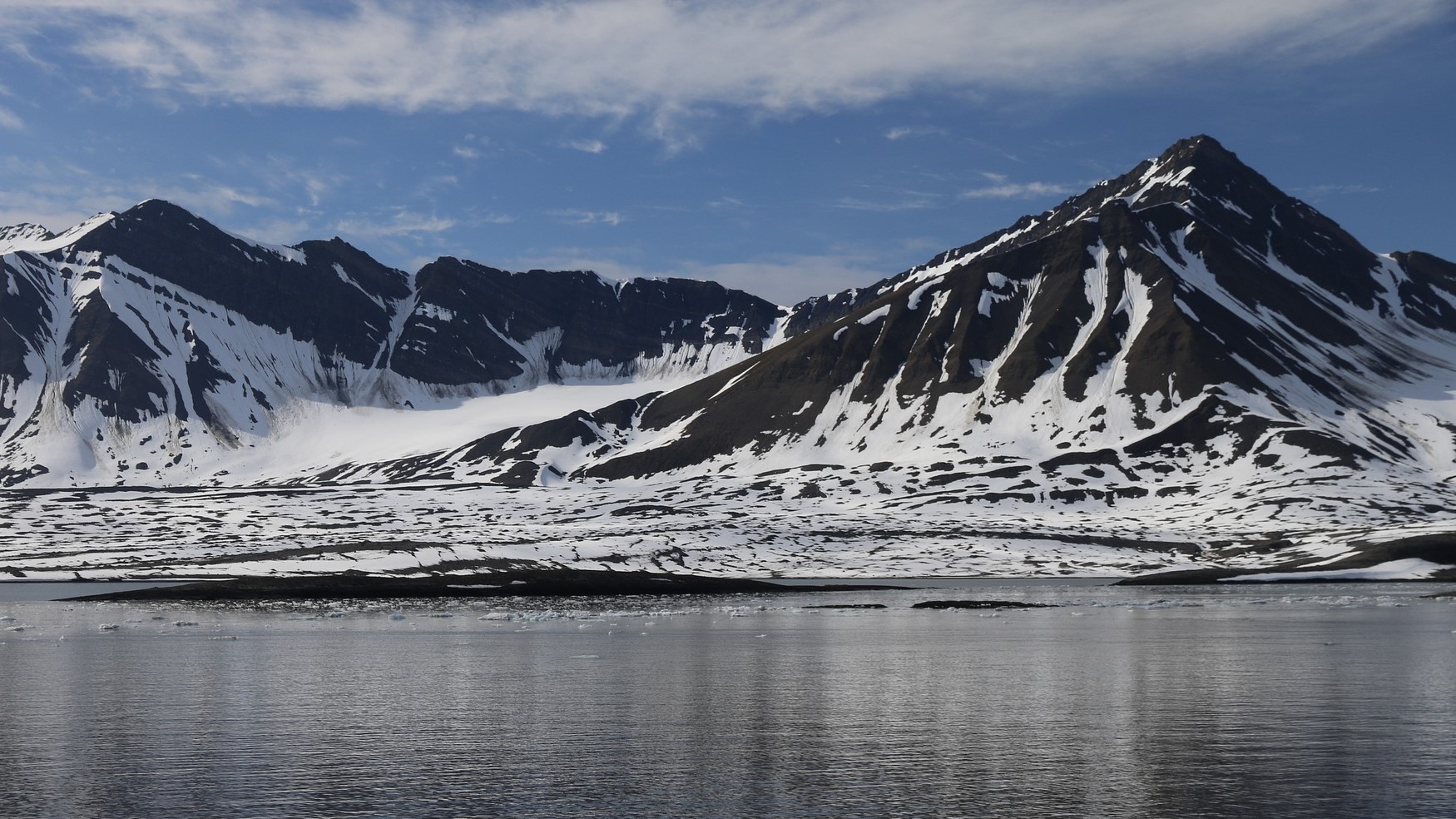Category: Holiday Geology
The Year in Volcanoes at Rosetta Stones
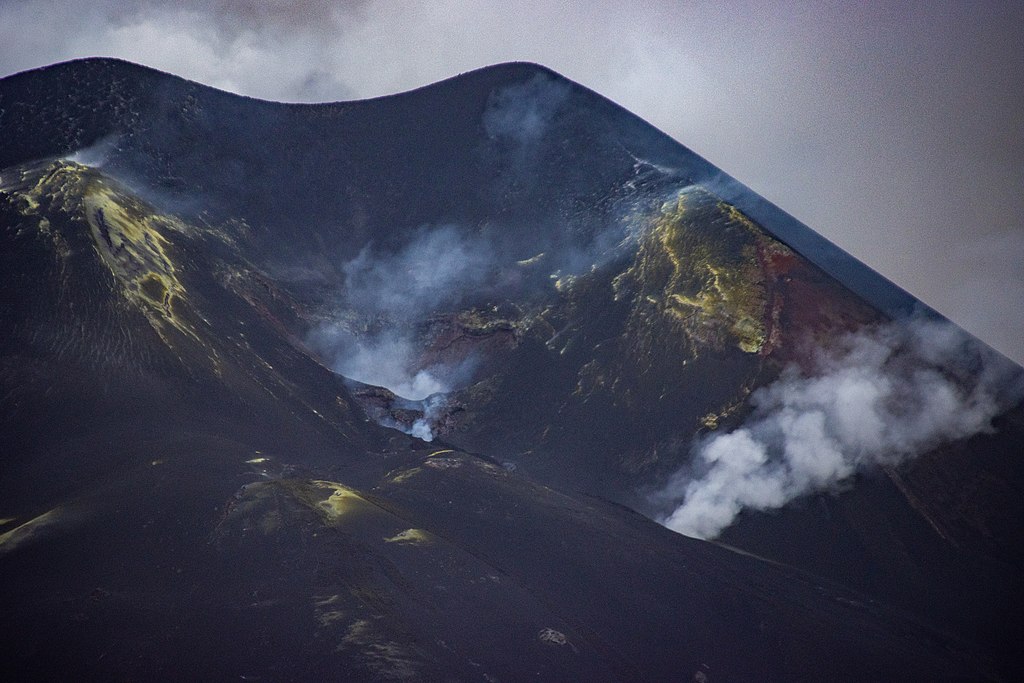
2021 was an excellent year for eruptions that were fascinating to watch and not terribly dangerous to humans! Let’s look back on the eruptions we covered, and see where they are now, and what might be in store for 2022.
Kilauea, United States
Tūtū Pele has celebrated the last couple of New Years with sweet summit eruptions. From late December 2021 through most of May of 2021, we were treated to a spectacular end to the water lake in the crater and entertained by the dancing islands of the new lava lake. Pele took the summer off before abruptly returning on September 29th. She’s been putting on a crater lava show ever since, with just a few breaks, including a pause over Christmas. By the new year, she was back in action and put on a lovely show over the holiday.
Since Pelee’s only taken one year off since the 1980s, I’m expecting this year to include some gorgeous lava action from her current home. And stay tuned to see if she does any remodeling at Mauna Loa!
Geldingadalir (Fagradalsfjall), Iceland (more…)
A Kilauea Thanksgiving
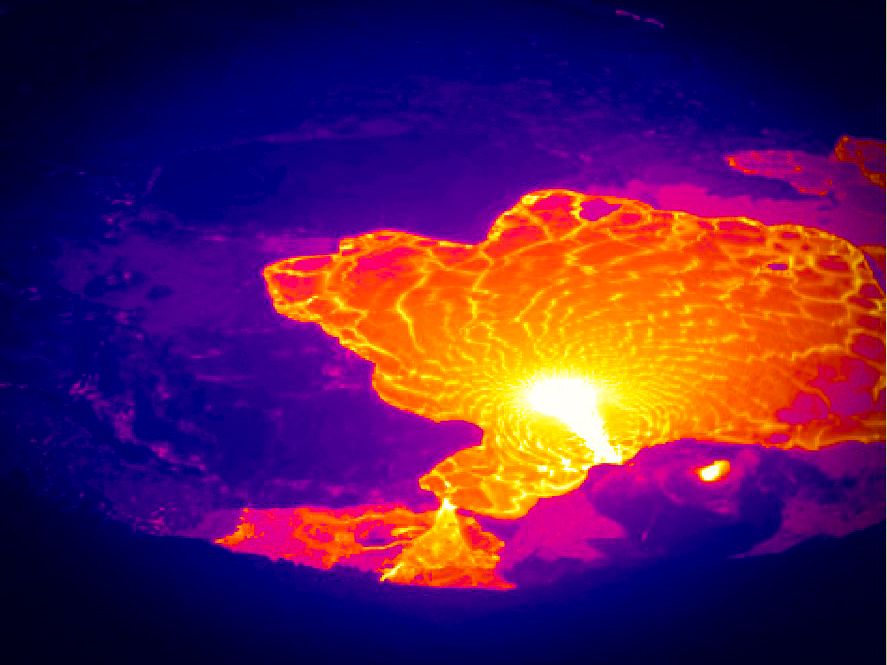
Hello, my lovely people! It’s American Thanksgiving, and hopefully most of us subject to it have survived without too many kitchen mishaps and family feuds. If you’ve spent it alone, I hope you’ve had a lovely bit of solitude. And for those of you who, like me, worked the day, I hope everything went as smoothly as a holiday can.
Let us give thanks to Tūtū Pele, who has provided us with this lovely and relatively safe ongoing eruption in her home on Kilauea volcano:
A few days ago, I noticed a fairly large although fleeting increase in the output of lava from the summit vent. According to the USGS, it lasted just a few hours, and then all went back to the current normal. But it sure did look neat in the summit webcams! I grabbed the relevant bits and slowed them down for you.
Here ’tis in the thermal cam: (more…)
Ghostly Geology
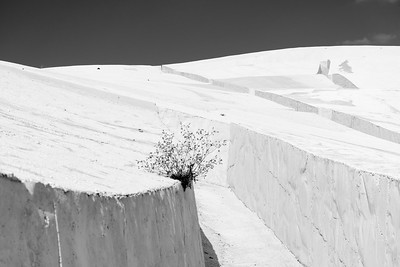
Halloween is here! This is my favorite part of fall: costumes, spooky stuff, decorating in black not only allowed but encouraged…. This is the holiday I was born for.
And I have some geology made for the holiday! This year, the theme is ghosts, and we’re going to visit some very ghostly geology and paleontology indeed.
1. Ghost Shrimp Haunts Ichnologist

This is a different kind of ghost shrimp than the ones under discussion, but it is metal enough for Halloween, so we’re rolling with it. Credit:
Freddie Alequin (CC BY-SA 2.0)
Paleontology isn’t just about bones and preserved bodies: a branch of it, ichnology*, also looks at the things those bodies left behind, like fossilized trails, tracks, nests, burrows, borings, excavations, and even the divots left by pee. In this post, my favorite ichnologist, Tony Martin, talks about a very unusual trace he found that would be even more exciting to find in the fossil record.
Life Traces of the Georgia Coast: Ghost Shrimp Whisperer
Geologists love ghost shrimp, too, because of how their burrows are so numerous, fossilize easily, and are sensitive shoreline indicators. I wrote about this before with regard to how geologists in the 1960s were able to map ancient barrier islands of the Georgia coastal plain by looking for trace fossils of these burrows. Since then, geologists and paleontologists have identified and applied these sorts of trace fossils worldwide, and in rocks from the Permian Period to the Pleistocene Epoch.
I could prattle on about ghost shrimp and their ichnological incredibleness for the rest of the year, but will spare you of that, gentle reader, and instead will get to the point of this post. Just when I thought I’d learned nearly everything I needed to know about ghost-shrimp ichnology, one shrimp decided I needed to have my eyes opened to some traces I had never seen them make before just a few months ago.
*Not to be confused with ichthyology, which has to do with fishies. It’ll help to remember that ikhnos means “track” or “trace” in Greek, while ikhthus means “fish.”
2. Ghosts of Minerals Past (more…)

